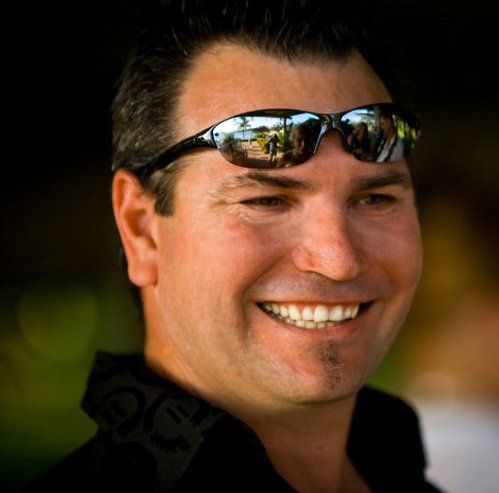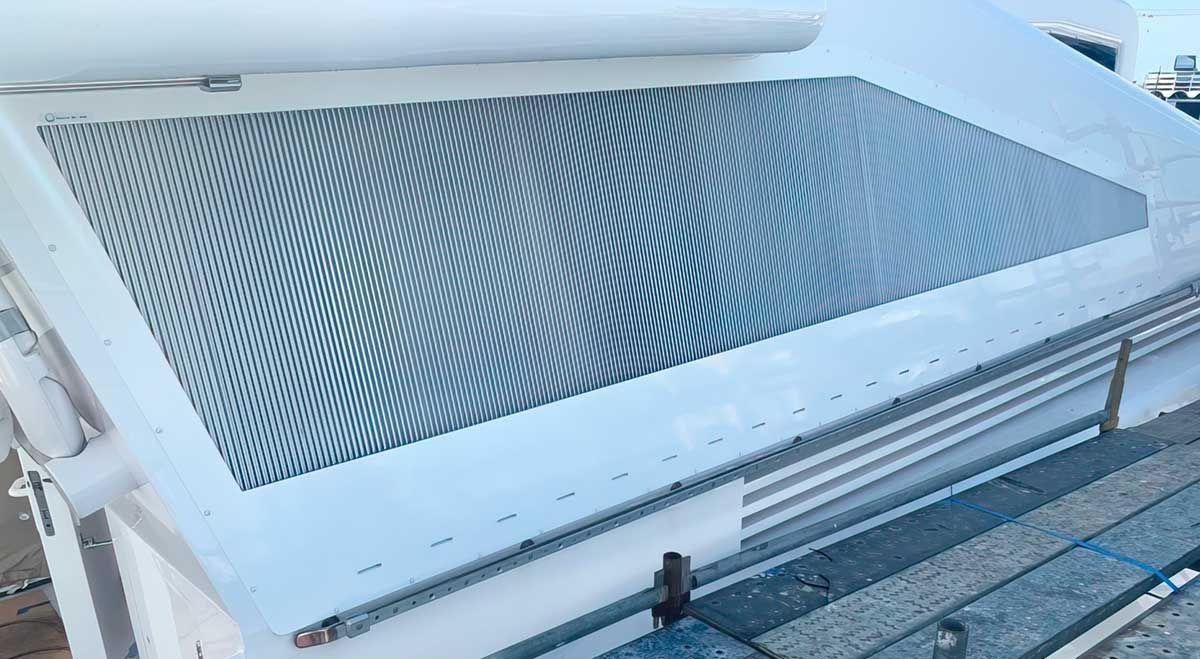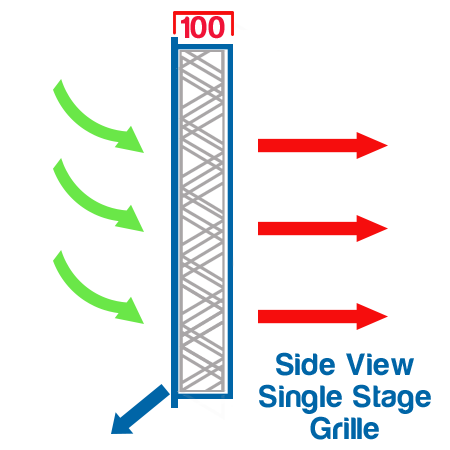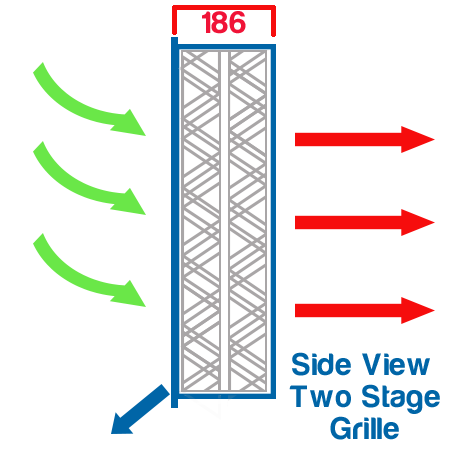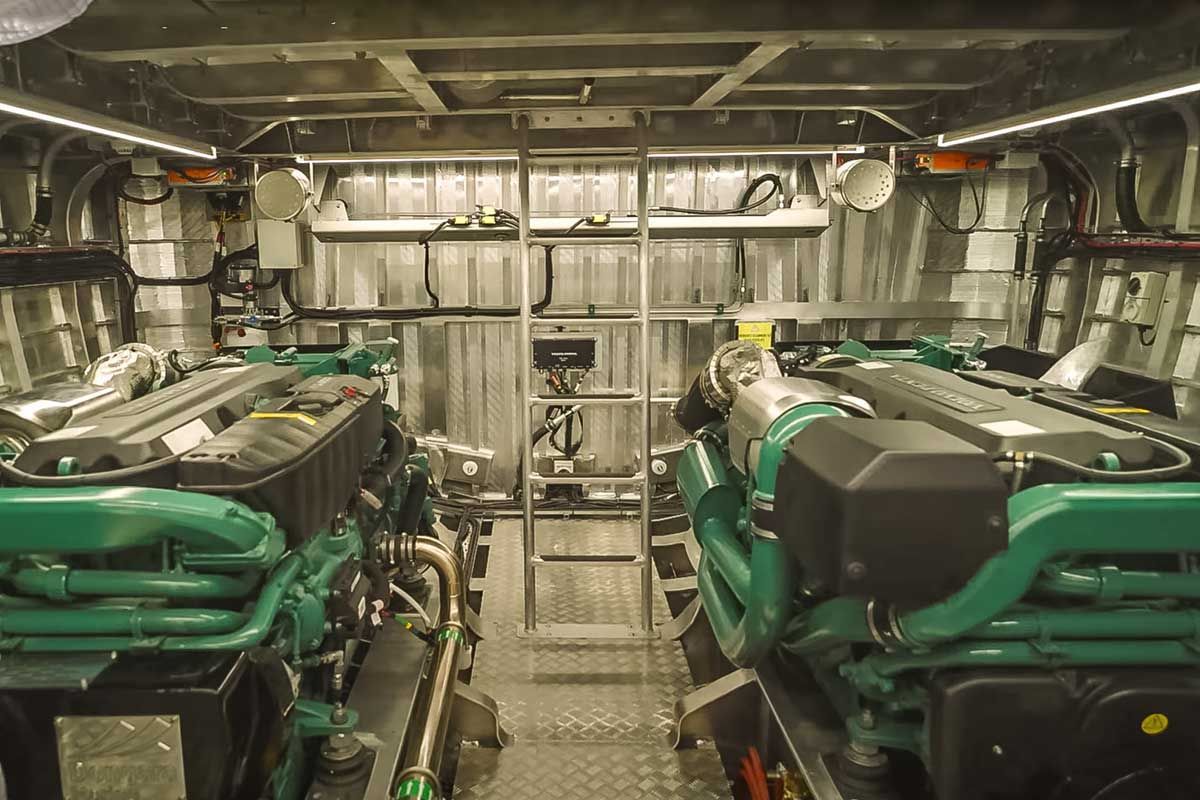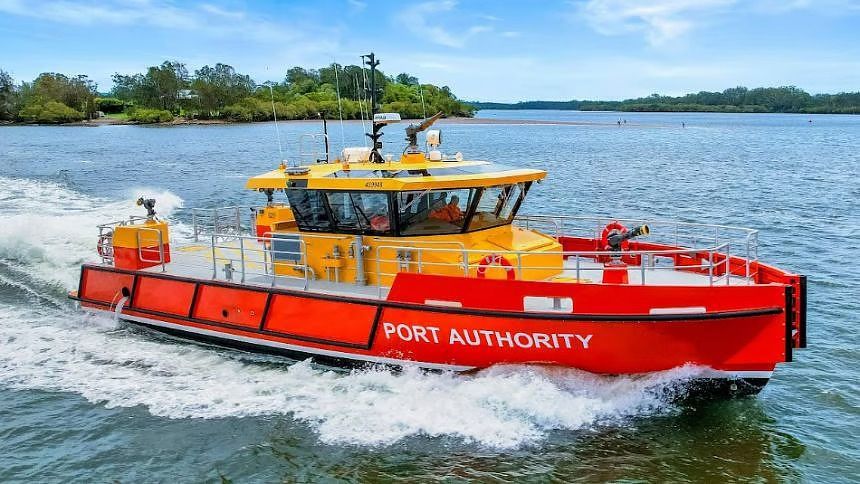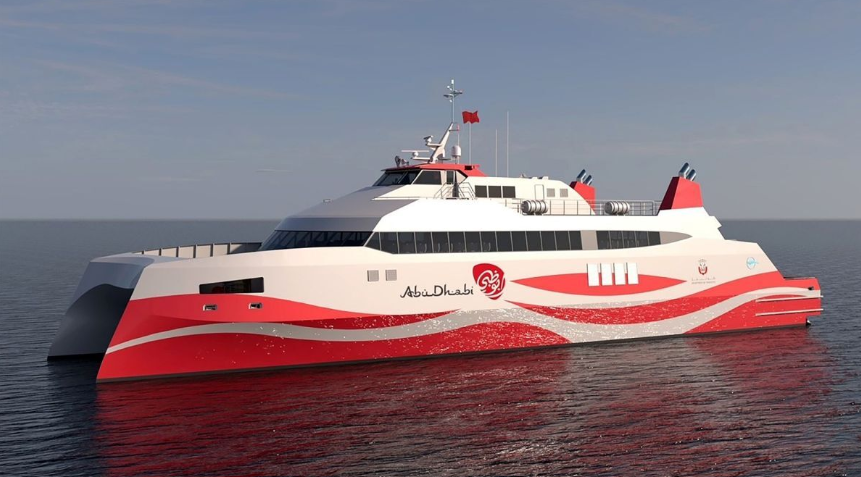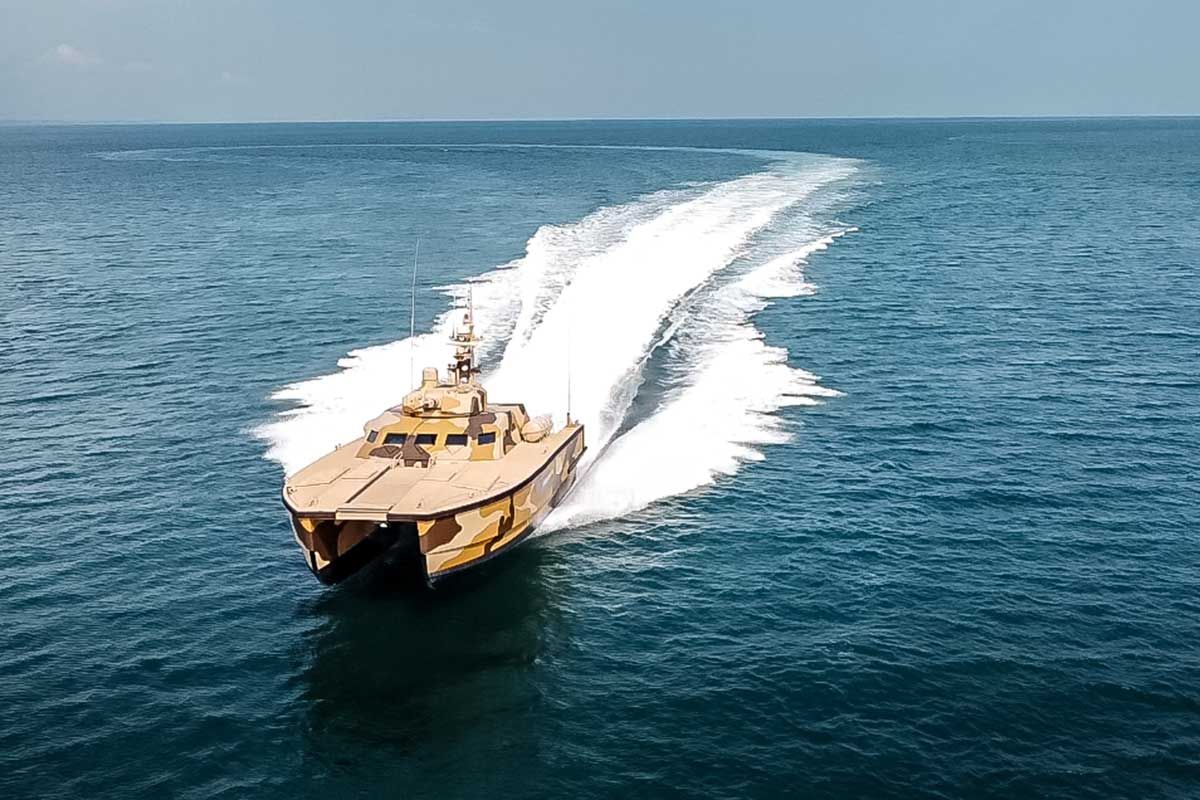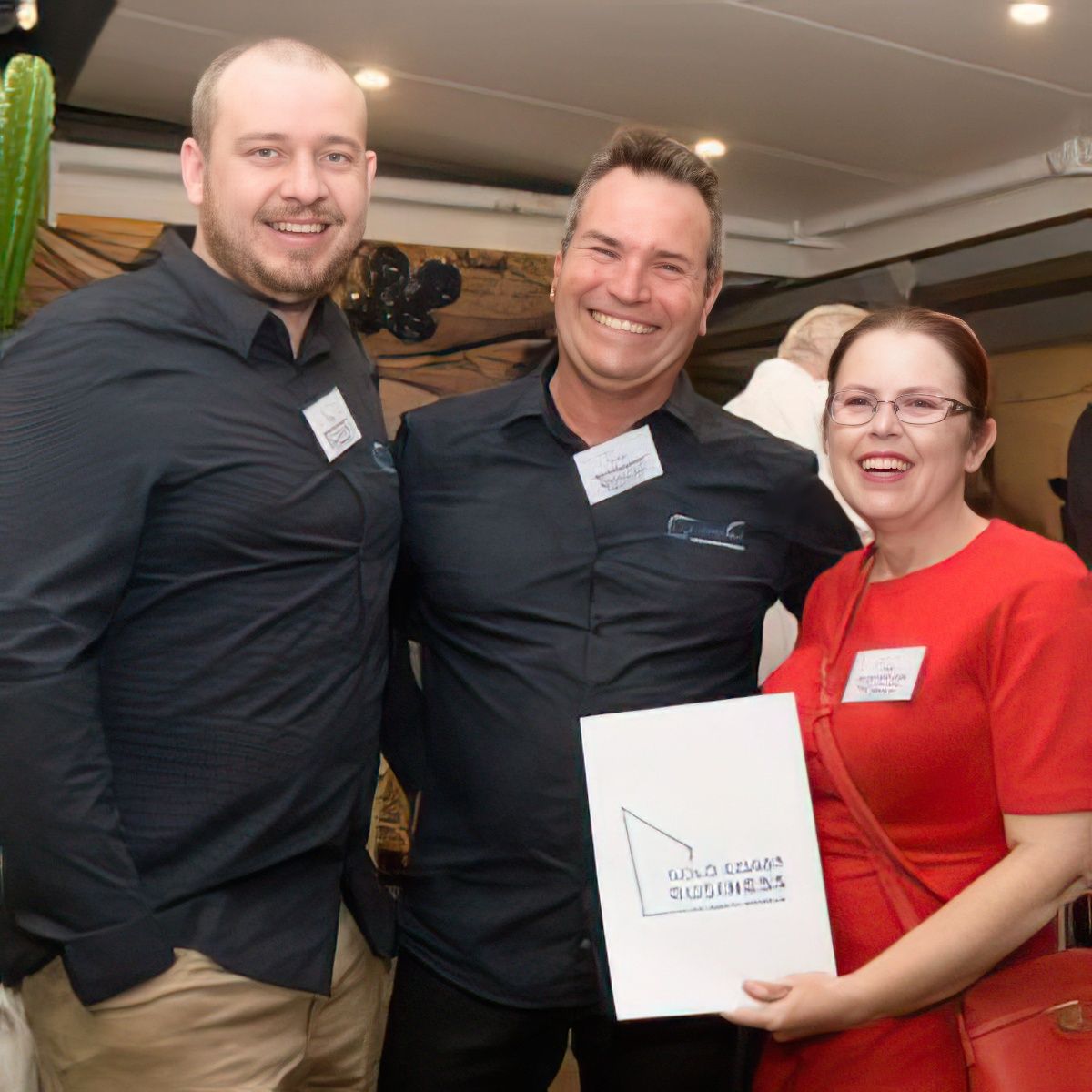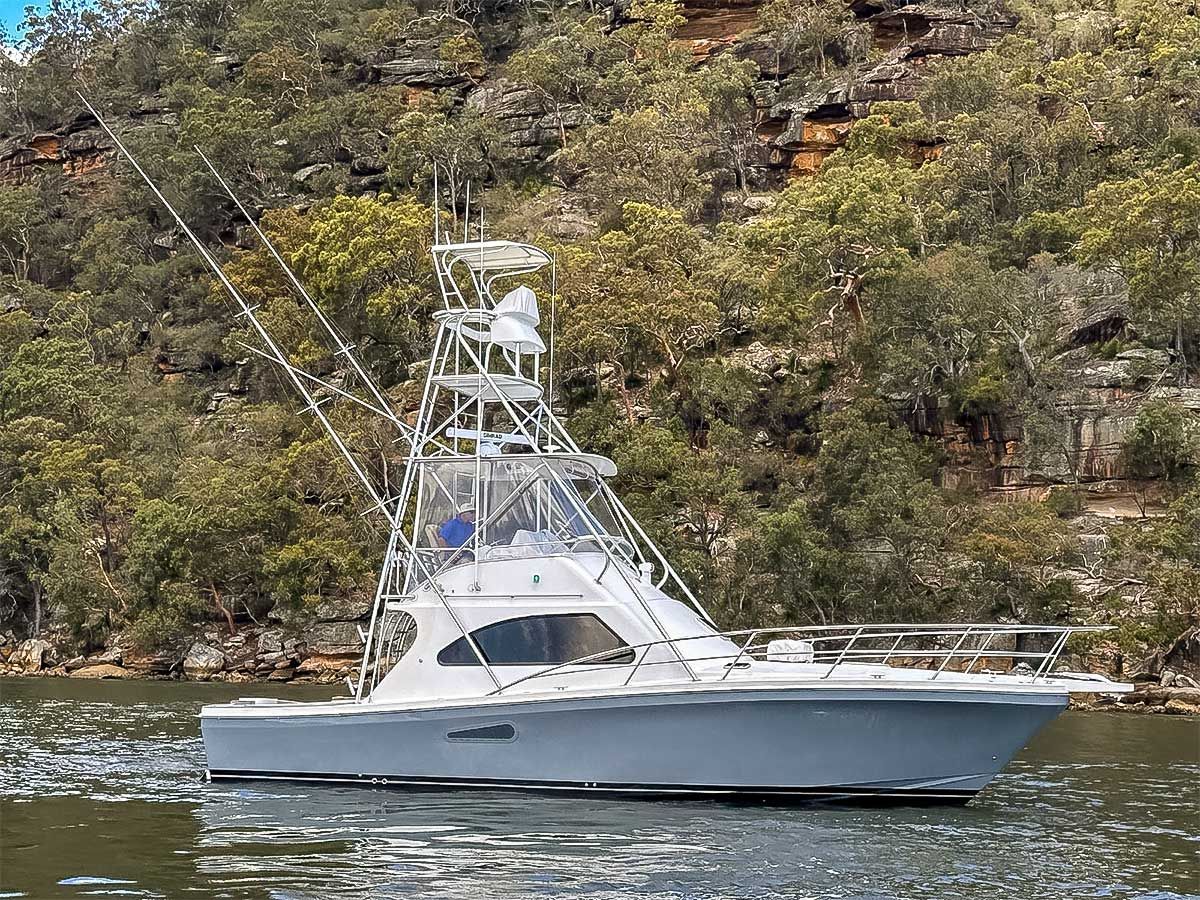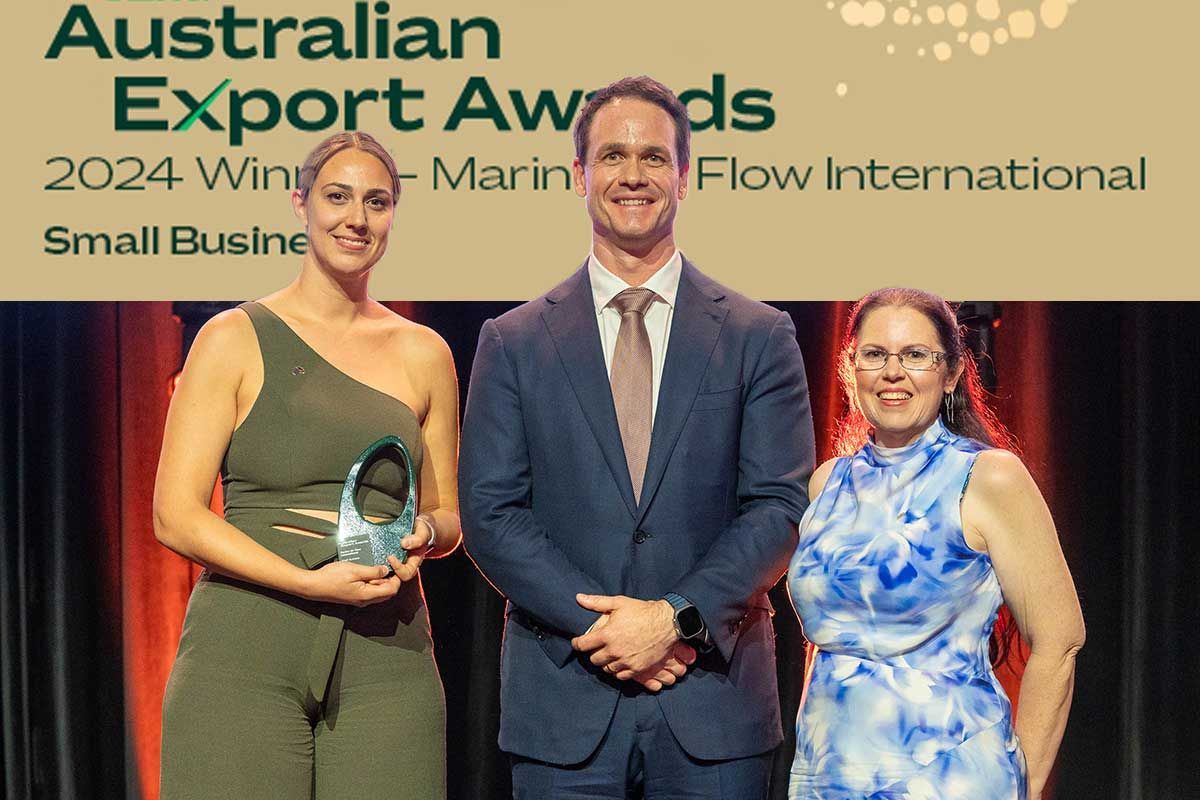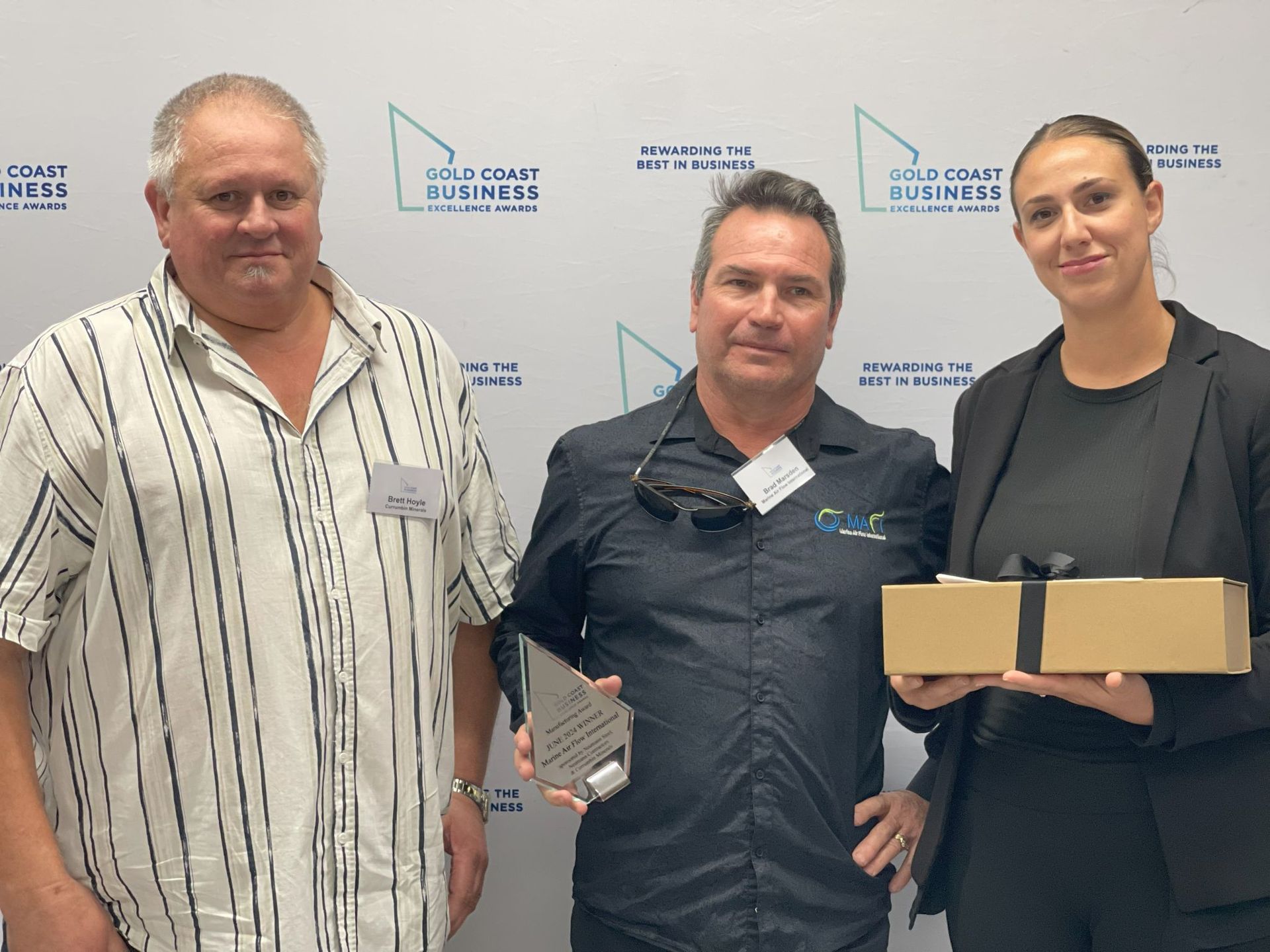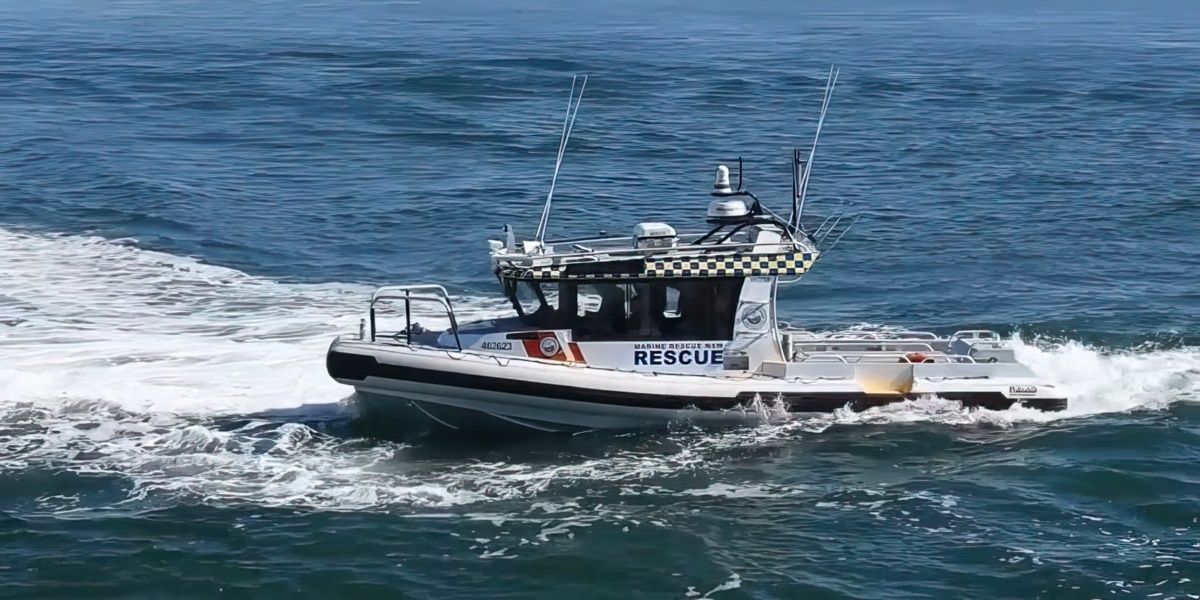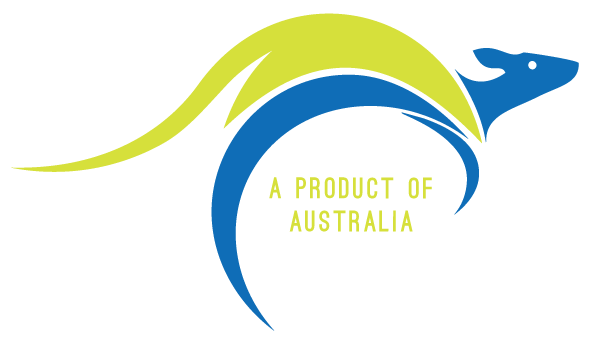By Brad Marsden
•
June 10, 2025
Optimising Engine Room Ventilation for Abu Dhabi’s High-Speed Ro-Pax Ferries As part of Abu Dhabi’s ongoing investment in advanced maritime infrastructure, the AD Ports Group commissioned two high-speed Ro-Ro ferries to operate between the UAE mainland and Delma Island. Carrying 250 passengers and 25 cars per trip at a service speed of over 30 Knots is pretty impressive , and you'd have to agree they are certainly very tidy looking Roll On Roll Off Ferries!! Designed for both passenger comfort and operational performance, these cutting-edge vessels required a ventilation solution that could meet the rigorous demands of the Gulf’s climate and the intense operating conditions of four powerful MTU engines per vessel. Our team was proud to be selected to design and deliver the engine room ventilation system for these state-of-the-art ferries, ensuring they remain safe, efficient, and reliable at sea. Engineering the Future of Fast Ferry Travel Built to carry up to 194 passengers and 25 vehicles, each of the 56-metre-long catamarans has been equipped with four MTU 16V4000M65L high-performance engines driving Kongsberg KaMeWa waterjets. This powerful propulsion setup enables cruising speeds of up to 35 knots, making the ferries among the fastest in their class within the region. Inside, the vessels feature modern amenities such as a VIP lounge, children’s play area, two cafes, five toilets, and full wheelchair accessibility, highlighting AD Ports Group’s commitment to both efficiency and passenger experience. Operating in the heat of the Persian Gulf, however, presents unique engineering challenges. The heart of this lies within the engine room where temperatures, airflow, and safety systems must be tightly controlled to prevent overheating, ensure compliance, and protect both crew and machinery. A Tailored Ventilation Solution for Demanding Conditions The brief for this project was clear: create a ventilation system that could not only manage the extreme thermal loads generated by four high-output marine engines but also comply with international marine safety standards, including fire isolation and redundancy protocols. Key features of the system we delivered include: Marine-Grade Ventilation Dampers : Built from corrosion-resistant stainless steel, our dampers are designed for longevity and reliability in a saltwater environment. Integrated Auto Close Capability : The dampers are configured to close rapidly in the event of a fire, helping to isolate the engine room and restrict oxygen supply. High Airflow Capacity : Designed specifically for the compact, high-output layout of the engine rooms, the system allows for maximum airflow and heat dissipation under full load. Moisture and Salt Mist Defence: Our Intake grilles are known globally for their excellent capability of reducing salt mist and spray into your engine room. Here they allow a vessel operating in already extreme conditions to require far less ongoing equipment replacement. Redundancy & Safety : With automated control options and manual overrides, the system ensures continuous operation and safety during engine shutdowns or emergencies. Delivering Results at Sea With the ventilation system now fully installed and operational, the Ro-Pax ferries have successfully completed sea trials and are ready to begin service. The performance of the engine room ventilation under load has exceeded expectations, maintaining optimal operating temperatures even during high-speed runs in the peak Gulf heat. In addition to thermal performance, the system’s fire isolation capability offers an added layer of safety, helping these ferries meet stringent international compliance standards while delivering peace of mind for operators and passengers alike. Reflecting on the Project This project underscores the critical importance of high-performance ventilation systems in modern vessel design. From the intense thermal loads of multi-engine configurations to the need for rapid fire response and corrosion resistance, every detail matters when it comes to marine safety and reliability. We’re proud to have played a key role in supporting this milestone for AD Ports Group and Abu Dhabi’s maritime future and we look forward to bringing this level of engineering excellence to future vessel builds across the region and beyond. Talk to Us About Your Marine Ventilation Needs Whether you’re designing a new-build high-speed ferry or retrofitting an existing vessel, we offer tailored ventilation solutions that combine safety, efficiency, and performance. Get in touch with our team today to learn how we can support your next marine engineering project.

